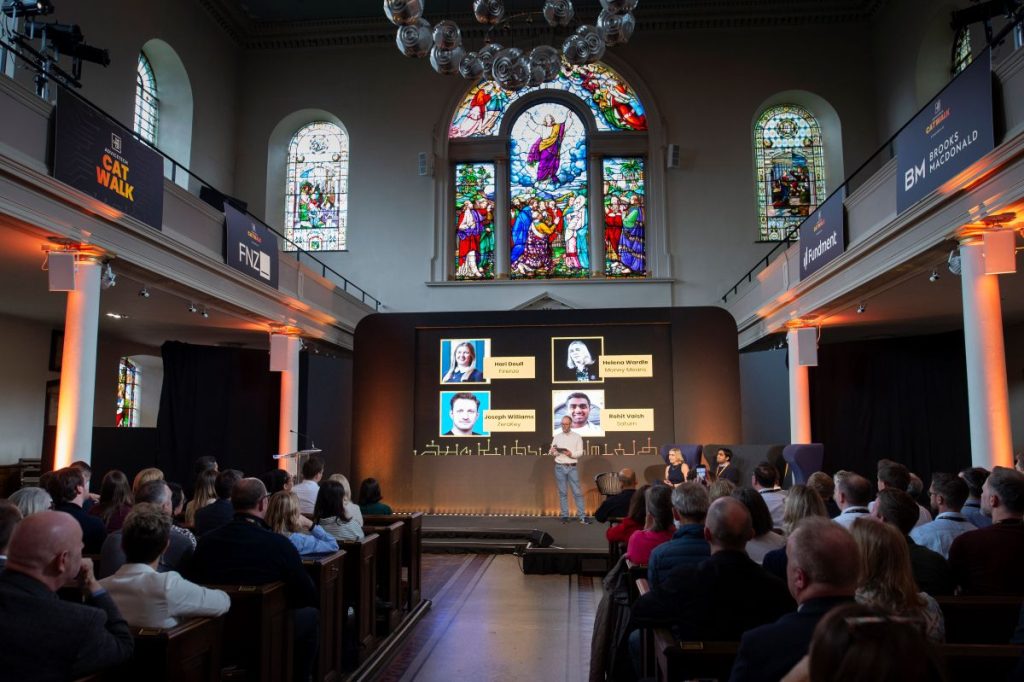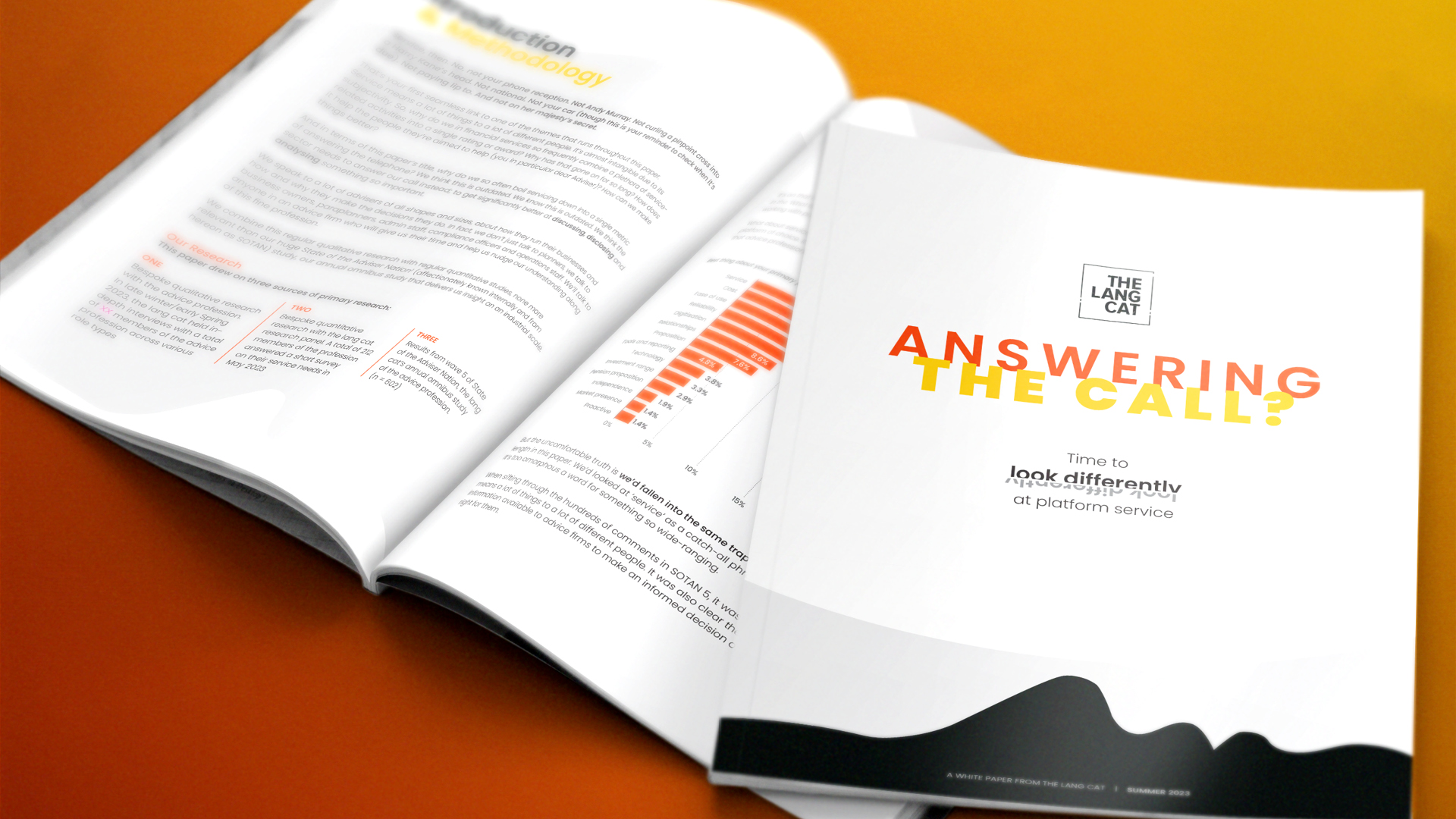It was former Labour leader Harold Wilson, the man of the pipe in public but cigars in private, who coined the phrase ‘the white heat of technology’ back in the sixties.
This heralded a revolution in the way technology was only just beginning to impact the nation – moving into homes and into the everyday experience. Smaller, faster and delivering convenience and efficiencies barely imaginable mere years or even months before.
We seem to be in a similar ‘white heat’ phase in financial services. Long gone are the days of advisers questioning whether they should have a website or a back-office. For those of us who have been around for a while, these were actual questions we asked of ourselves.
The advicetech landscape is evolving at breakneck speed, and those who adapt will thrive while others who are slow to adapt risk being left behind. If you’re still relying solely on traditional methods to manage your practice, you’re missing out on game-changing opportunities that could revolutionise how you serve clients and grow your business.
The white heat of new tech designed specifically for the advice sector is here with us right now. Those who don’t grasp this with both hands risk, if you’ll permit me, being burnt and being burnt badly.
The integration of new technology, particularly artificial intelligence, isn’t just a trendy buzzword. It’s becoming essential for planning practices that want to remain competitive and provide exceptional client experiences. To inform, educate, interact and attract and retain clients. So much opportunity is now actually here.
Across meeting notes, valuations, document interrogation and review, regulatory best practice, client experience, report writing, product research, productivity and more, the choice and availability of tools is growing, almost daily it seems.
But this array of choice can also be daunting. With so many tools to choose from, how do we begin to assess which might be a great fit for our businesses?
We have all had the pitches and promises, only to find that the tool didn’t deliver on our requirements. Again, showing my age, no-one wants to end up owning a Betamax rather a VHS system. (Too young for this reference? Go look it up on ChatGPT, Claude or Perplexity!)
This time it’s different
I for one have huge optimism this time around.
The tools being designed and deployed for advisers are typically cheaper, more responsive and more customisable than the previous generations. They actually do work without steep learning curves, with no long term lock-in contracts and are quickly delivering on their promises. Transparency on development roadmaps, typically in conjunction with users, and fast coding times are leading to ever greater user experience.
Speaking to advisers, tech and AI providers, it is abundantly clear that early adopters are finding genuine utility in their adoption across all parts of the practice and for very different use cases. Case studies of practices which are using them to great effect are easily to hand.
Beyond the practical uses for operations, regulatory and financial planning purposes, there are tools across marketing, design, podcasts, videos, newsletters and a host of other modern methods to delight clients.
Using these tools, progressive planners are already designing and delivering strategies aimed at addressing the advice gap, intergenerational wealth transfer advice and other activities they wouldn’t have considered previously.
It’s not just the new generation of tech providers who have set to on this. Familiar names are also being spurred to take action to address well documented gaps by implementing new technology.
The wider sector has rallied. To help everyone understand what is available there are now whole events dedicated to showcasing these nascent tools.
As I write this, I have just attended the excellent lang cat Catwalk. One of many such great technology themed events aimed at informing, educating and assisting advisers with understanding the landscape and potential for adopting these new tools.

The event showcased short, punchy five-minute presentations with the founders undergoing a grilling from ‘High Inquisitors’ all aimed at unpicking the benefits, business plans, use cases and more.
Real problems across the advice ecosystem were identified and addressed in modern ways with passion and innovation which was just brilliant to witness. If you are serious about modernising your techstack, secure client communications, report writing, investment efficiencies and productivity I would urge you to seek out the demo-ing firms:
- Charlie French of Etcho
- Fraser Stewart of Lyfeguard
- Madeleine Debney of Otto
- Tom Whittle of Tikker – who ultimately took the prize for Best in Show; and
- Max Anderson of WealthSpace
A big thanks to all the lang cats for inviting me along to such an informative and thought-provoking day.
Don’t get burnt
Of course, there will still be bumps in the road.
Tools will come, and some will probably quickly disappear. This might be due to lack of traction or, as is often the way in the tech space, by acquisition.
Nor will the tools on offer be perfect, but the speed at which they can be upgraded and amended is massively impressive.
Some folk will have concerns about AI, whether that’s how it may impact staff headcount or the sheer amount of energy used. But this shouldn’t deter us from grasping the opportunities these tools are already delivering.
The white heat of new tech designed specifically for the advice sector is here with us right now. Those who don’t grasp this with both hands risk, if you’ll permit me, being burnt and being burnt badly.
So, I urge you to explore, attend events, sign up for the free trials, go play and just imagine the opportunities opening up to be better, smarter, more efficient, engaging and client responsive.
You surely owe it to your business, your team, your clients and your clients of the future.
Lee Robertson is a non-executive director and strategy consultant for financial services firms





